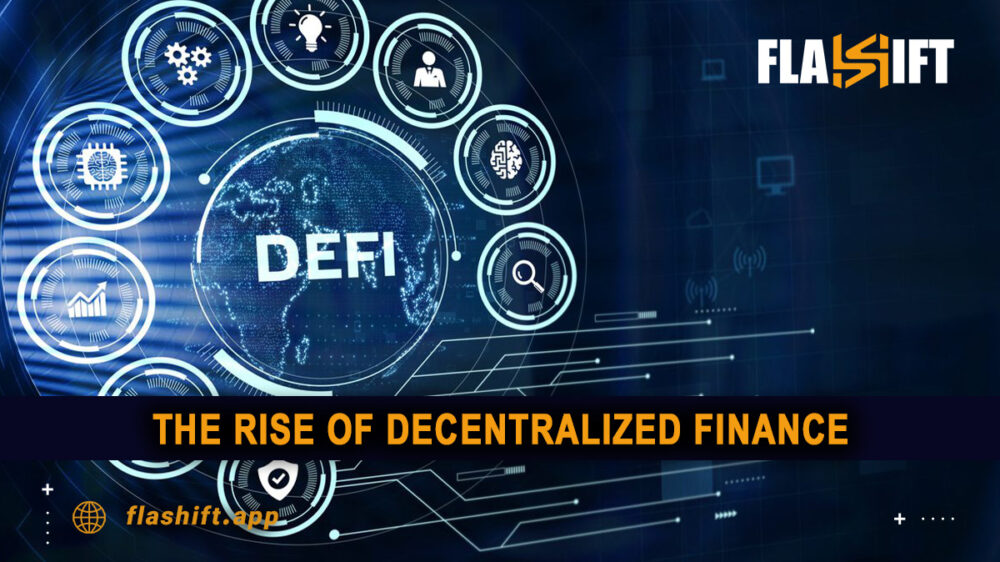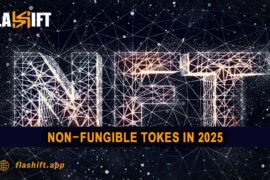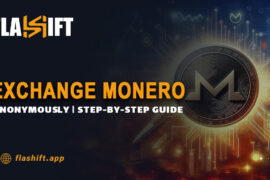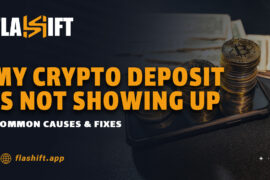Decentralized Finance (or Defi), is reshaping the global financial system with an open, transparent and accessible, substitute for the traditional banking system. Using the blockchain technology, DEFI, allowing users to lend, borrow, swap and earn interest on digital assets without banking or financial institution intermediaries.
As the Defi is expanding, it is transforming the financial services by making it more effective, reducing the cost and providing financial inclusion to millions of people worldwide. Not just this, but also altering the banking systems, as well as illuminating the path towards a more decentralized and democratic financial future.
Understanding DeFi
Decentralized Finance (DeFi) is a financial system works using blockchain technology. DeFi has come to removes intermediaries like banks and brokers. Thanks to smart contracts on blockchain networks (like Ethereum), DeFi enables users to lend, borrow, trade, and earn interest.
This system is more transparent, secure and, accessible. As DeFi keeps developing, it’s transforming traditional banking systems. How? by lowering costs, enhancing efficiency, and enabling financial inclusion worldwide.
What Makes DeFi Valuable?
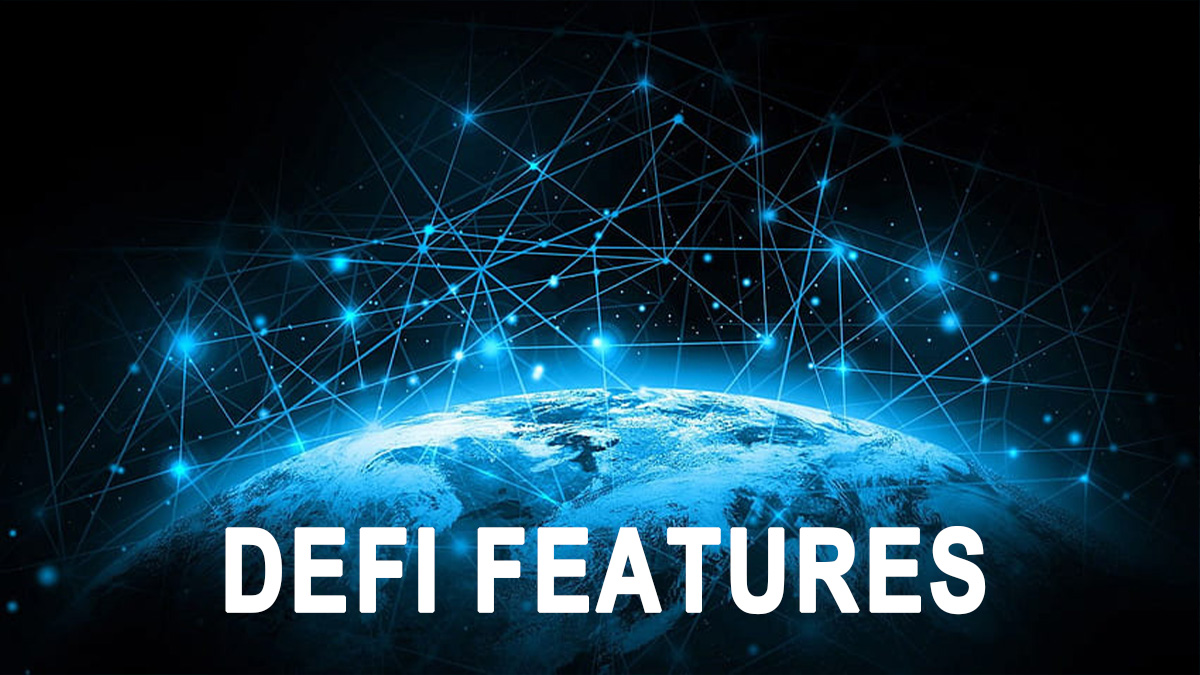
1. Decentralization
DeFi operates on decentralized blockchain networks, such as Ethereum, Binance Smart Chain, and Solana. Unlike traditional banks that control financial transactions, DeFi platforms use distributed ledgers maintained by a global network of nodes, ensuring that no single entity has complete control over the system.
2. Permissionless Access
One of DeFi’s brilliant advantages is that it is open to all users around the world. Anyone who has internet connection and a crypto wallet, can access DeFi services and, no needs to approval from banks, governments, or financial institutions. This promotes financial inclusion, especially for unbanked populations worldwide.
3. Transparency
All transactions and smart contract codes in DeFi are publicly visible on the blockchain. This high level of transparency allows users to verify transactions, track fund movements, and audit smart contracts, reducing fraud and corruption in financial systems.
4. Smart Contracts
DeFi applications are underpinned by smart contracts—autonomous contracts with pre-registered rules in code. They process transactions automatically, such as lending, borrowing, and trading, without the involvement of an intermediary. This reduces cost and enhances security through avoidance of manual processing.
5. Interoperability
DeFi platforms are designed to work across multiple blockchain networks. Many protocols allow users to seamlessly transfer assets between different platforms using cross-chain solutions. This flexibility enables a more connected and efficient financial ecosystem.
6. Non-Custodial Services
Unlike traditional banks, DeFi users retain full control over their funds. Assets are stored in personal digital wallets instead of centralized institutions, reducing the risk of account freezes, government intervention, or unauthorized access. Users can interact with DeFi applications directly without handing over their funds to third parties.
7. Liquidity Provision
DeFi platforms rely on liquidity pools where users lock assets in smart contracts to trade, lend, and borrow. Transaction fees or interest in return is paid to liquidity providers, which creates opportunities for passive income. Decentralized exchanges such as Uniswap and SushiSwap utilize this technique to offer liquid trading.
8. Yield Farming & Staking
DeFi offers innovative channels for earning passive income. Yield farming involves providing liquidity to DeFi platforms for rewards, and staking involves locking up one’s tokens to secure networks and earn interest. These activities bring good returns compared to traditional financial assets.
9. Borderless Transactions
Since DeFi operates on blockchain networks, transactions can be executed globally without intermediaries. This makes cross-border payments faster, cheaper, and more accessible, eliminating the need for expensive remittance services and foreign exchange fees.
10. Innovation & Flexibility
The DeFi space is rapidly evolving, with continuous innovations such as decentralized lending platforms, algorithmic stablecoins, and synthetic assets. Unlike traditional finance, which is often slow to adapt, DeFi platforms quickly introduce new financial products and services, making the ecosystem dynamic and highly competitive.
Key DeFi Platforms and Services
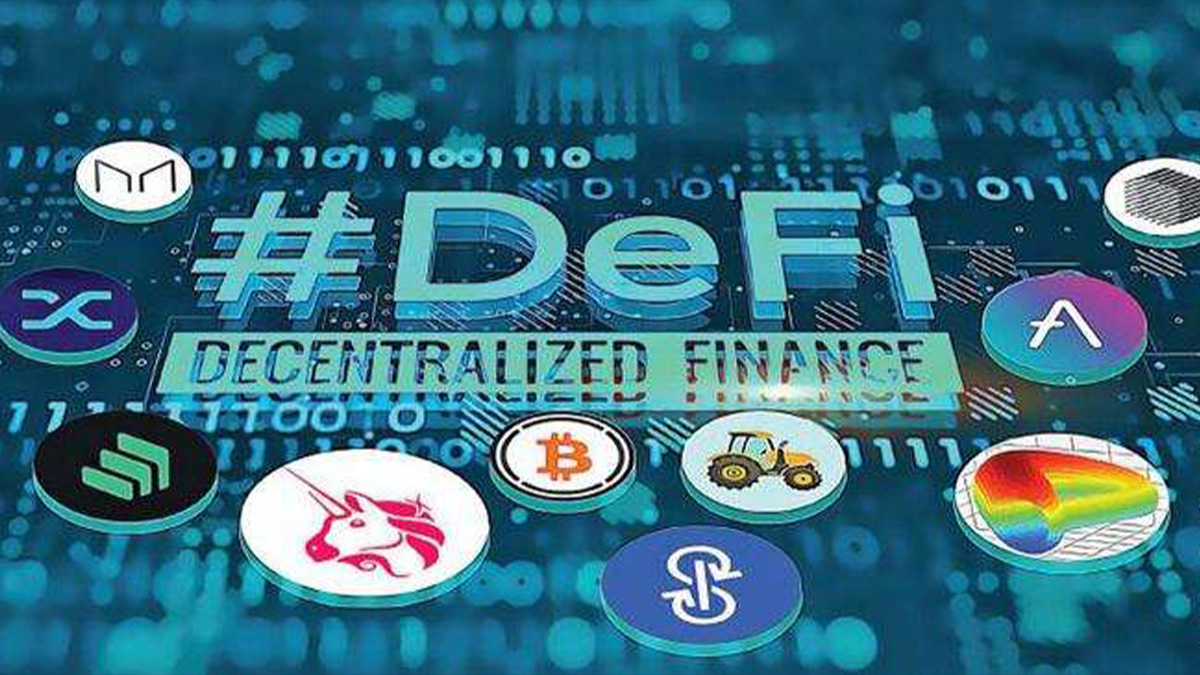
-
Decentralized Exchanges (DEXs)
DEXs facilitate peer-to-peer trading of cryptocurrencies without relying on a centralized authority. Users maintain full control over their assets while benefiting from lower fees and increased privacy. (Read more here: DeFi and DEX Features)
- Uniswap (Ethereum-based): A leading automated market maker (AMM) DEX allowing users to swap tokens without an order book.
- SushiSwap: SushiSwap is Uniswap fork with additional features like yield farming and staking rewards.
- PancakeSwap (Binance Smart Chain-based): This DEX is a low-cost, high-speed DEX with farming and lottery features.
-
DeFi Lending & Borrowing Platforms
These platforms allow users to lend their crypto assets to earn interest or borrow assets by providing collateral.
- Aave: A decentralized lending protocol offering flash loans and interest-earning deposits.
- Compound: An algorithmic money market that lets users supply and borrow assets while earning rewards.
- MakerDAO: The platform behind DAI, a decentralized stablecoin backed by collateralized loans.
-
Yield Farming & Staking Services
Yield farming allows users to earn rewards by providing liquidity, while staking involves locking up assets to support a blockchain network.
- Yearn Finance: Yearn Finance is a DeFi aggregator that optimizes yield farming strategies to maximize returns.
- Curve Finance: A stablecoin-focused DEX that offers high yield farming rewards with minimal price slippage.
- Lido Finance: A liquid staking platform that allows users to stake Ethereum and other assets while maintaining liquidity.
-
Stablecoins & Algorithmic Assets
Stablecoins are digital assets pegged to fiat currencies or other assets to reduce volatility.
- DAI (MakerDAO): A decentralized, over-collateralized stablecoin pegged to the U.S. dollar.
- USDC & USDT: Centralized stablecoins issued by regulated entities but widely used in DeFi.
- Frax (FRAX): A partially algorithmic stablecoin aiming to maintain a stable value with a mix of collateral and algorithmic mechanisms.
-
Derivatives & Synthetic Assets
DeFi derivatives allow users to trade tokenized versions of real-world assets like stocks, commodities, and fiat currencies.
- Synthetix: This platform enables the creation of synthetic assets representing real-world financial instruments.
- Mirror Protocol: Allows users to mint synthetic versions of stocks, commodities, and indices.
- dYdX: A decentralized derivatives exchange offering margin trading and perpetual contracts.
-
Insurance & Risk Management
DeFi insurance platforms protect users against risks like smart contract failures, hacks, and platform insolvency.
- Nexus Mutual: A decentralized insurance protocol that provides coverage for smart contract vulnerabilities.
- Cover Protocol: This protocol is a peer-to-peer insurance marketplace for DeFi projects.
- InsurAce: It’s a multi-chain insurance provider offering coverage for various DeFi platforms.
-
Cross-Chain Bridges & Interoperability Solutions
These platforms enable users to transfer assets between different blockchain networks, improving liquidity and accessibility.
- Thorchain: A decentralized liquidity protocol that allows cross-chain swaps without wrapped tokens.
- Ren Protocol: A bridge that enables Bitcoin and other assets to be used within the Ethereum DeFi ecosystem.
- Anyswap (Multichain): It’s a cross-chain bridge supporting multiple blockchains for asset transfers.
-
NFT & Tokenization Platforms
NFTs and tokenized assets are becoming an essential part of DeFi, enabling ownership of digital and real-world assets.
- Rarible & OpenSea: Decentralized marketplaces for trading NFTs.
- NFTfi: A platform that allows users to collateralize NFTs and borrow funds.
- Fractional: Enables fractional ownership of high-value NFTs, making them more accessible.
The DeFi ecosystem is growing rapidly, with platforms offering a wide range of financial services, from trading and lending to insurance and derivatives. As blockchain technology advances, these DeFi platforms will continue to reshape the financial industry by making financial services more accessible, transparent, and efficient.
Comparing DeFi and Traditional Banking
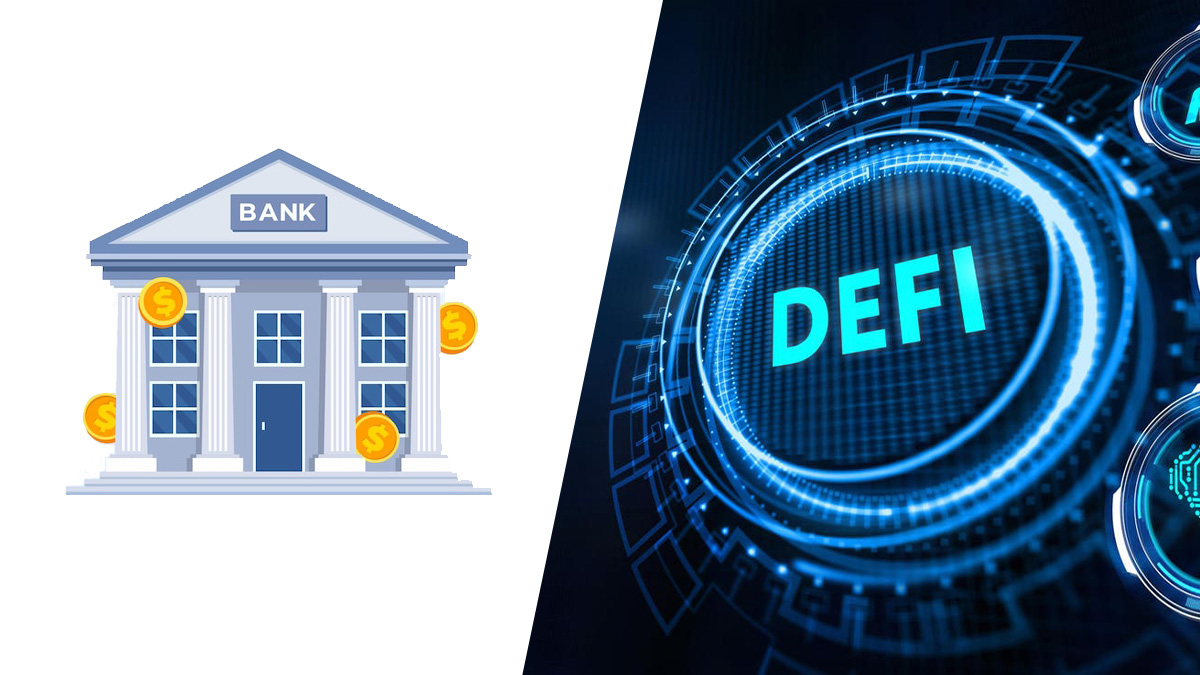
Decentralized Finance, is changing banking services through removing middlemen and offering permissionless, open access to bank-like operations such as lending, borrowing, and trading. DeFi is in contrast to traditional banking, relying on centralized banks to manage transactions, since it happens on blockchains using the use of smart contracts.
This offers greater transparency, security, and efficiency at lower fees and processing times. DeFi is also faced with regulatory uncertainty and smart contract vulnerabilities, though. Conventional banking, in contrast, provides regulatory protection, stability, and consumer protections but at higher fees, slower speeds, and accessibility barriers..
DeFi vs traditional banking
| Feature | DeFi (Decentralized Finance) | Traditional Banking |
| Control & Authority | Fully decentralized; controlled by smart contracts on blockchain. | Centralized; controlled by banks and financial institutions. |
| Intermediaries | No intermediaries; transactions are peer-to-peer. | Requires banks, clearinghouses, and regulators. |
| Accessibility | Open to anyone with an internet connection and a crypto wallet. | Requires identity verification, credit history, and residency proof. |
| Transparency | Transactions and smart contracts are publicly visible on the blockchain. | Transactions are private and controlled by banks. |
| Security | Blockchain encryption ensures security, but smart contract bugs can be a risk. | Heavily regulated, but prone to data breaches and fraud. |
| Speed of Transactions | Near-instant transactions, depending on the blockchain network. | Can take hours or days, especially for cross-border transfers. |
| Costs & Fees | Lower fees as there are no intermediaries; only network gas fees apply. | Higher fees due to operational costs, exchange rates, and middlemen. |
| Financial Inclusion | Anyone can participate, even the unbanked population. | Limited access for those without a bank account or credit history. |
| Regulation | Currently lacks global regulatory frameworks, leading to uncertainty. | Heavily regulated by governments and financial authorities. |
| Loan & Credit System | Users can borrow instantly using crypto as collateral, no credit checks. | Requires credit score verification and approval process. |
| Custody of Funds | Users have full control of their funds via private wallets. | Banks hold and manage customers’ funds. |
| Earning Potential | Users can earn high yields through staking, yield farming, and lending. | Lower interest rates for savings accounts, limited investment options. |
Risks And Opportunities of DeFi
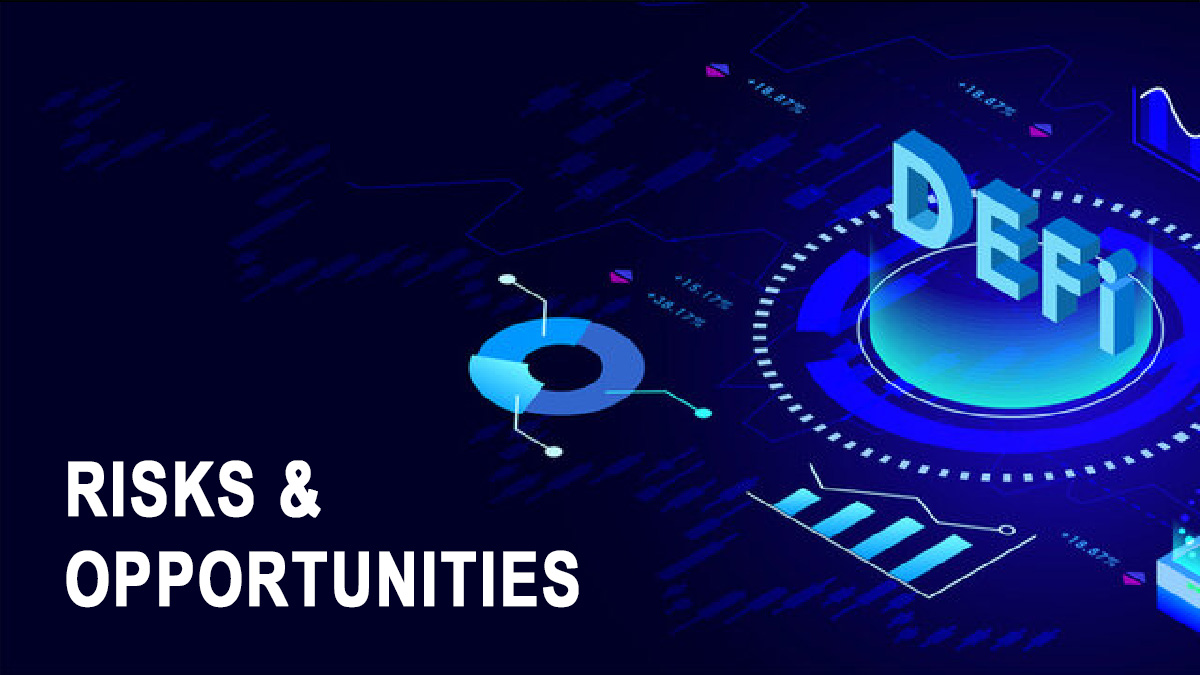
Decentralized Finance (DeFi) brings about a revolutionary shift in the world of finance by eliminating intermediaries and making access to financial services more available. Maybe the greatest potential DeFi has to offer is financial inclusion, which makes it possible for any user with access to the internet to lend, borrow, trade, and earn passive income. Compared to traditional banks that are tight on requirements, DeFi platforms have permissionless access, enabling financial services to find their way into the unbanked population. Additionally, DeFi has high-paying yield opportunities from staking, liquidity mining, and lending protocols that typically return a lot more compared to conventional bank products. Transparencies of blockchain transactions enhance security and trust, with automation through smart contracts enhancing efficiency and lowering costs of operations.
While promising, there are also a variety of risks associated with DeFi that must be watched out for by investors and users. Smart contract exploits can put the funds at risk of being hacked should there be a bug in the code. There is also regulatory risk, as many governments have not yet crafted policy programs for DeFi, which could lead to sudden rules.
On the other hand, impermanent loss targets the liquidity providers who could potentially lose money according to price fluctuations in liquidity pools. They are widespread, with the scammers abandoning projects after reaping investors’ funds. Market volatility in crypto is also very high, resulting in temporary price plunges, impacting DeFi investments. As much as DeFi offers a more promising option to traditional finance, understanding and mitigating these risks will be crucial for sustained success.
DeFi Trends in 2025: Top 9 Innovations Shaping the Future of Finance
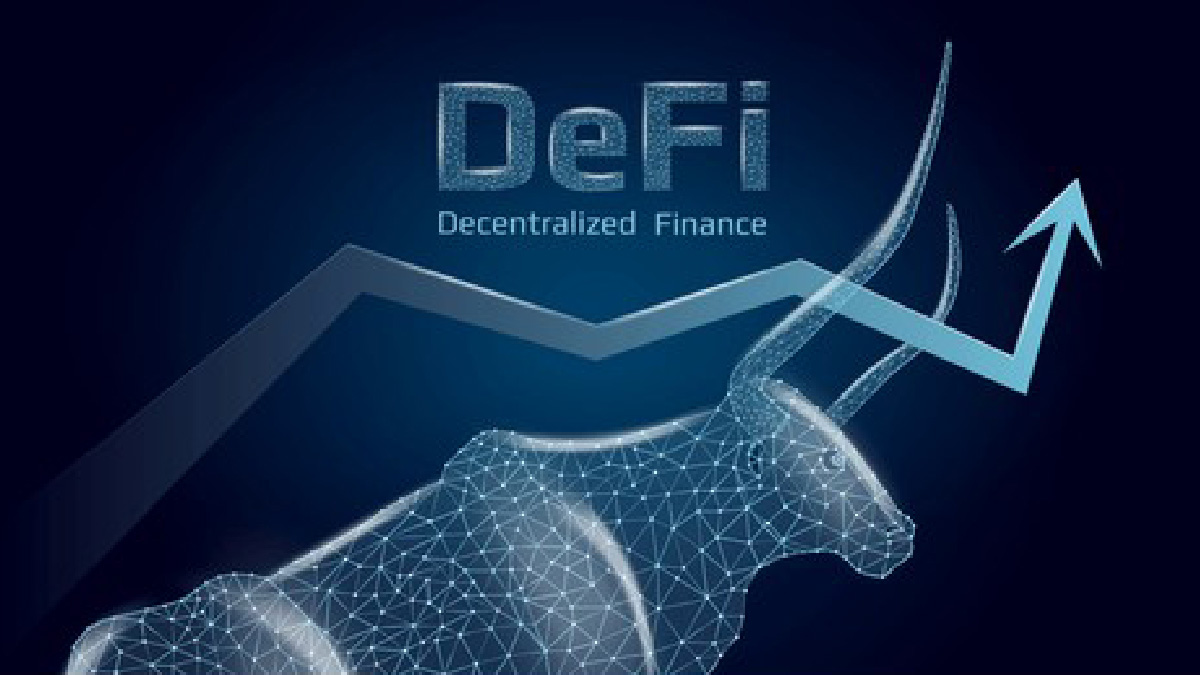
- Real World Asset (RWA) Tokenization
One of the biggest DeFi trends in 2025 is the tokenization of real-world assets like real estate, government bonds, and luxury goods. This bridges traditional finance with DeFi and unlocks new yield opportunities. - Institutional DeFi Adoption
Major financial institutions are entering DeFi through permissioned pools and on-chain settlement. As part of the DeFi trends in 2025, this marks a key step toward mass adoption with regulatory compliance. - Restaking & EigenLayer Ecosystem
Restaking is transforming DeFi by allowing staked ETH to secure additional protocols. EigenLayer is leading this trend, making it one of the most powerful DeFi trends in 2025 for modular infrastructure. - Stablecoin Innovation
The evolution of stablecoins—including yield-bearing and non-USD options—is accelerating. Among DeFi trends in 2025, stablecoin diversification is critical for reducing systemic risks. - AI Integration in DeFi
AI is being used to power smarter DeFi strategies, from risk modeling to trading bots. As a cutting-edge DeFi trend in 2025, this fusion boosts automation and intelligence in financial protocols. - DeFi Security & Insurance
With past exploits in mind, DeFi security protocols and on-chain insurance are gaining momentum. One of the key DeFi trends in 2025 is building trust through real-time audits and protection. - Cross-chain Interoperability
Cross-chain functionality is a major DeFi trend in 2025, allowing users to move assets and access liquidity across multiple blockchains via bridges like LayerZero and Axelar. - On-chain Derivatives & Perpetuals
Trading of perpetual futures and options on decentralized platforms is booming. As one of the fastest-growing DeFi trends in 2025, this space offers traders more flexibility and transparency. - Modular Blockchain Infrastructure
Modular chains and tools like Celestia are empowering developers to build scalable DeFi apps. This infrastructure shift is a foundational DeFi trend in 2025, driving performance and innovation.
Conclusion
DeFi and traditional banking are similar in what they do but vary in how they do it. Traditional banking offers stability and regulation but at the expense of higher fees and limited access. DeFi, on the other hand, offers financial inclusion, transparency, and innovation but with security and regulatory problems. The future will likely see a hybrid model that will include the best of the two, reshaping global finance for greater efficiency and accessibility.
FAQ
- Can DeFi completely replace traditional banking?
Not entirely—while DeFi offers decentralization and financial inclusion, traditional banks provide regulatory security and consumer protections. A hybrid system may emerge instead. - Why do DeFi transactions settle faster than bank transfers?
DeFi operates on blockchain networks, enabling near-instant transactions, whereas banks rely on centralized systems with intermediaries, causing delays. - How does DeFi lending differ from bank loans?
DeFi loans are instant and require crypto collateral, without credit checks, while banks assess creditworthiness and have lengthy approval processes. - Is DeFi more cost-effective than traditional banking?
Generally, yes. DeFi eliminates intermediaries, reducing fees, but network congestion and gas fees can sometimes make transactions costly. - What happens if a DeFi platform fails or gets hacked?
Unlike banks, DeFi lacks deposit insurance, so lost funds may not be recoverable. Users must research security measures and use reputable platforms.


